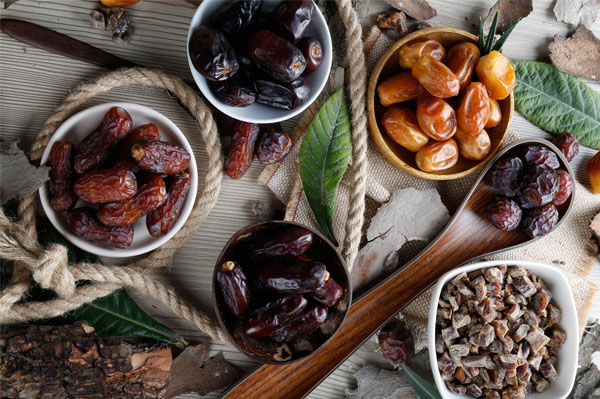
Fresh vs. Dried Dates Consumption Trends
The Enduring Appeal of Dates
Dates, the sweet, nourishing fruits that have captivated palates for centuries, hold a unique place in the global food landscape. From the sun-drenched orchards of the Middle East to the bustling markets of Malaysia, these versatile delicacies have become a staple in households and culinary traditions worldwide. As we delve into the dynamics of date consumption, the intriguing interplay between fresh and dried varieties comes to the forefront.
The Fresh vs. Dried Date Consumption Ratio
Globally, the ratio of fresh date consumption to dried date consumption varies significantly, reflecting the diverse cultural preferences, availability, and usage patterns of this beloved fruit.
Regional Variations in Date Consumption
In regions where date cultivation is prevalent, such as the Middle East and North Africa, the consumption of fresh dates tends to dominate. Countries like Saudi Arabia, Tunisia, and Algeria boast a higher ratio of fresh date intake compared to dried varieties. Conversely, in markets where dates are primarily imported, the preference often leans towards the convenience and longer shelf-life of dried dates.
Factors Influencing the Ratio
The ratio of fresh to dried date consumption is influenced by a multitude of factors, including cultural traditions, culinary preferences, availability, and economic considerations. In regions where dates hold deep cultural and religious significance, the preference for fresh varieties may be more pronounced, while in other parts of the world, the accessibility and versatility of dried dates may drive higher consumption.
The Global Outlook: Shifting Trends and Emerging Preferences
As the world becomes increasingly interconnected, the dynamics of date consumption are evolving, with emerging trends and shifting preferences shaping the global landscape.
The Rise of Specialized Date Consumption
In recent years, the global market has witnessed a surge in the demand for specialized date varieties, such as the prized Medjool and Deglet Noor. These premium fresh and dried dates have captured the attention of discerning consumers, driving a shift in consumption patterns and elevating the status of dates as a gourmet delicacy.
The Increasing Popularity of Dried Dates
While fresh dates remain a cherished staple in many regions, the convenience and versatility of dried dates have contributed to their growing popularity across the globe. The ease of transport, extended shelf-life, and diverse culinary applications of dried dates have made them increasingly accessible and appealing to consumers, contributing to a shift in the fresh-to-dried consumption ratio.
Conclusion: Navigating the Global Date Landscape
The global appetite for dates is a captivating tapestry, woven with cultural traditions, shifting preferences, and evolving market dynamics. As we navigate this intricate landscape, the ratio of fresh to dried date consumption serves as a fascinating barometer, reflecting the diverse culinary and lifestyle patterns of societies around the world.
Key Highlights:
– The enduring appeal of dates as a global culinary staple
– The regional variations in the ratio of fresh to dried date consumption, influenced by factors like cultural traditions, availability, and economic considerations
– The emergence of specialized date varieties and their impact on consumption trends
– The growing popularity of dried dates driven by their convenience, versatility, and extended shelf-life
– The evolving global landscape of date consumption patterns and the factors shaping these dynamics